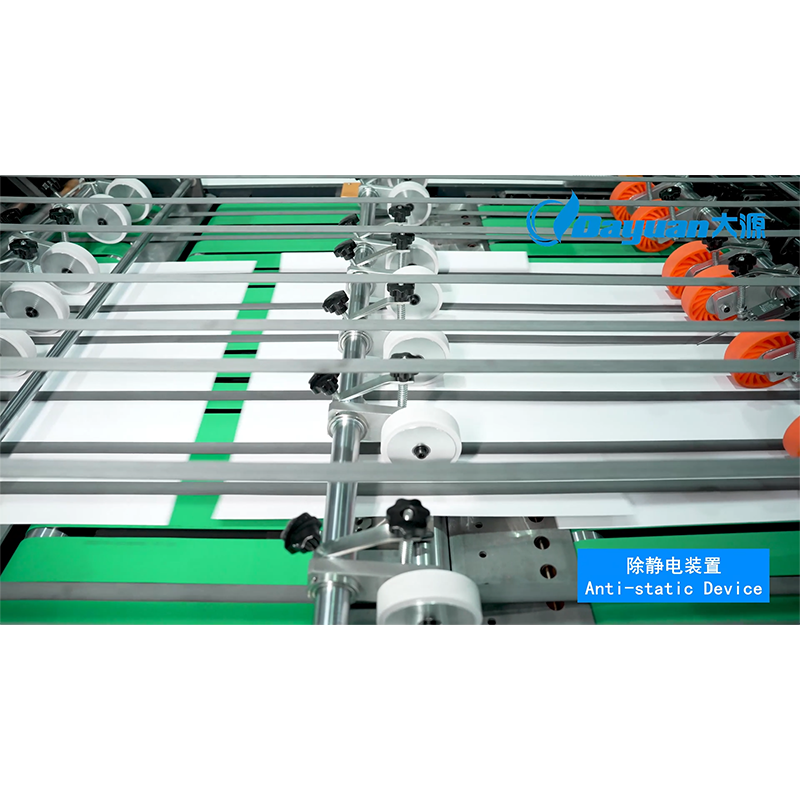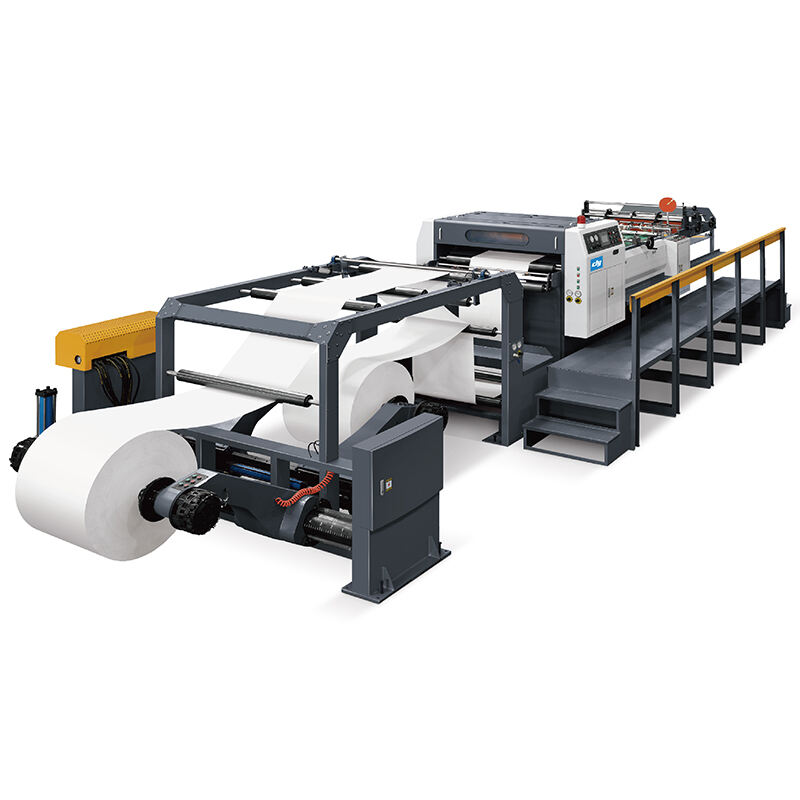Common Slitting Machine Problems and Solutions Guide
Manufacturing professionals rely heavily on slitting machines to achieve precise cuts and maintain production efficiency. These sophisticated pieces of equipment play a vital role in the paper and packaging industries. However, like all industrial machinery, slitting machines can encounter operational issues that impact productivity and product quality. Understanding these challenges and knowing how to address them effectively is crucial for maintaining optimal performance.
Performance and Longevity
The cutting blades are the heart of any slitting machine, and their condition directly affects cut quality. Regular wear patterns can lead to inconsistent cutting edges and reduced precision when processing paper. Proper blade maintenance includes routine sharpening schedules and careful monitoring of blade angles. Operators should inspect blades daily for signs of dulling or damage.
Drive System Alignment
The drive system of a slitting machine requires precise alignment to function properly. Misalignment can cause uneven cutting, excessive wear on components, and increased power consumption. Regular inspection of drive belts, pulleys, and motor mounts helps prevent these issues.

Material Handling Challenges
Web Tension Control
Maintaining consistent web tension is crucial for achieving clean cuts and preventing material waste. The slitting machine must maintain proper tension throughout the entire process, from unwind to rewind. Variations in tension can lead to wrinkles, wandering cuts, or material stretching.
Material Feed Issues
Proper material feeding is essential for consistent slitting operations. Common problems include misaligned rolls, improper spacing, and inconsistent material width. These issues can result in poor cut quality and increased scrap rates of paper.
Implementation of guide systems and regular adjustment of alignment mechanisms helps maintain proper material tracking. Training operators to recognize and respond to feed issues quickly can prevent major production disruptions.
Quality Control and Process Optimization
Edge Quality Management
The quality of slit edges directly impacts product acceptability and downstream processing. Rough edges or inconsistent width can all lead to customer rejections. Regular inspection of cut samples helps identify quality issues before they become significant problems.
Modern slitting machines often incorporate inline quality monitoring systems that can detect variations in cut quality. These systems provide real-time feedback, allowing operators to make immediate adjustments when necessary. Establishing clear quality standards and inspection procedures helps maintain consistent product quality.
Speed and Production Rate Optimization
Finding the optimal balance between production speed and cut quality is an ongoing challenge. Running a slitting machine too fast can lead to poor cut quality, while running too slowly reduces productivity. Understanding the relationship between paper properties, blade condition, and optimal cutting speeds is crucial.
Many facilities benefit from documenting optimal speed settings for different paper materials and maintaining detailed production records. This data helps identify trends and establish baseline performance metrics for different products.
Technological Advancements and Upgrades
Control System Integration
Modern slitting machines increasingly rely on sophisticated control systems for optimal performance. These systems can automatically adjust settings based on paper properties and production requirements. Regular software updates and system maintenance ensure continued reliability.
Integration with production management systems provides valuable data for process improvement and preventive maintenance. Many facilities are upgrading older slitting machines with new control systems to improve efficiency and reduce operator error.
Automation and Safety Features
Automated features on modern slitting machines improve both safety and productivity. These include automatic blade positioning, material handling systems, and safety interlocks. Regular testing and maintenance of safety systems is essential for protecting operators and equipment.
Investment in automation upgrades can significantly improve production efficiency while reducing the risk of operator injury. Many manufacturers find that the initial cost of automation is quickly offset by improved productivity and reduced waste.
Frequently Asked Questions
How often should slitting machine blades be replaced?
The frequency of blade replacement depends on several factors, including paper type, production volume, and cutting specifications. Generally, blades used for paper processing should be inspected daily and may require replacement every 2-4 weeks under normal operation. However, cutting abrasive or heavily coated paper may require more frequent replacement.
What causes uneven cuts in slitting operations?
Uneven cuts can result from multiple factors, including dull blades, improper tension settings, misaligned drive systems, or incorrect blade gap settings. Regular maintenance and proper setup procedures help prevent these issues. Systematic troubleshooting can identify the specific cause when problems occur.
How can operators optimize slitting machine performance?
Optimization involves regular maintenance, proper operator training, and careful attention to process parameters.Key factors include maintaining correct blade sharpness, ensuring proper tension control, keeping accurate maintenance records, and following manufacturer recommendations for speed and setup parameters for various paper stocks.

